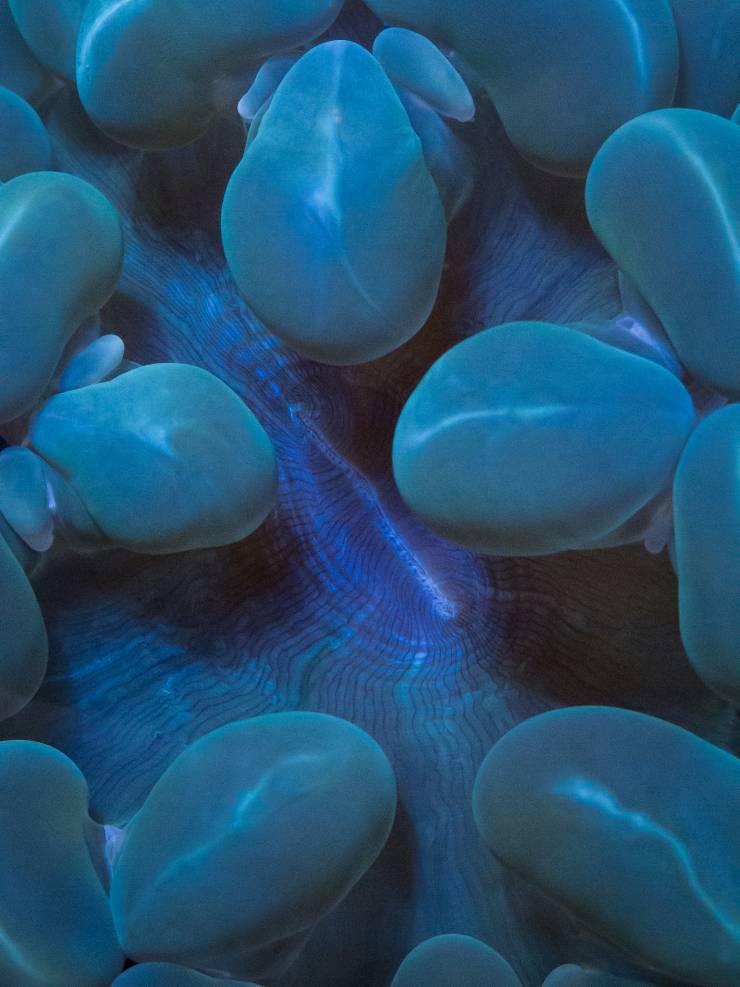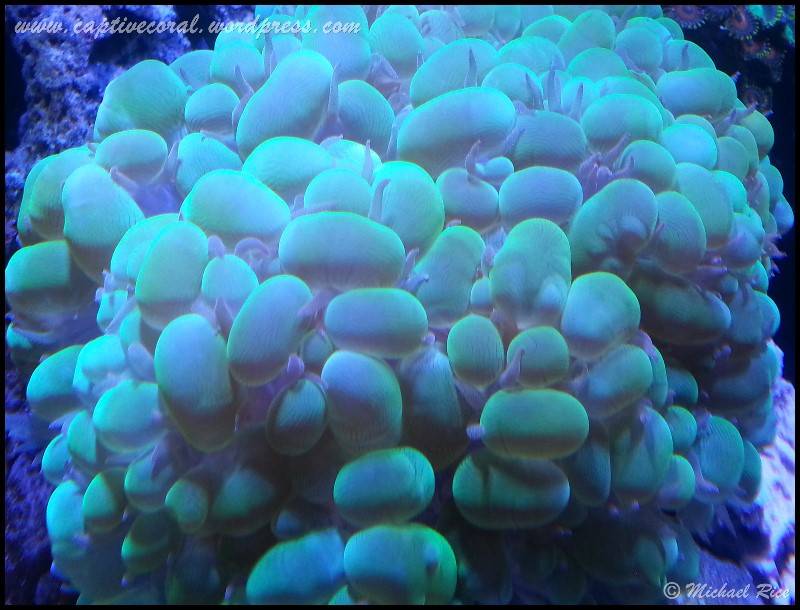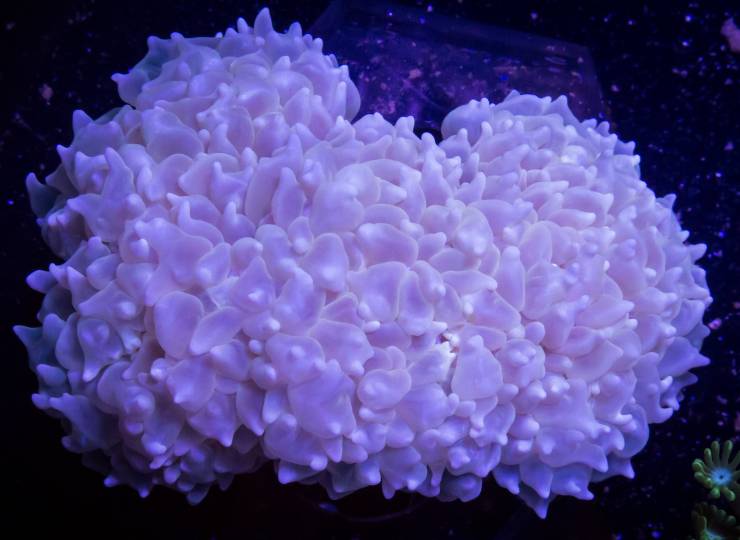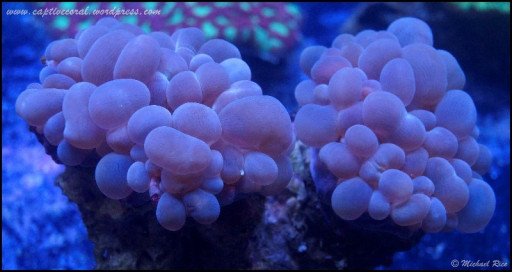Bubble corals, also known by their common name, bubble coral, are a stunning addition to any reef tank. Their vibrant colors and unique bubble-like structures make them a favorite among aquarists. But, ensuring that these delicate creatures thrive in your aquarium requires specific care and attention. Let's delve into the key factors you need to consider to create the perfect environment for your bubble coral.
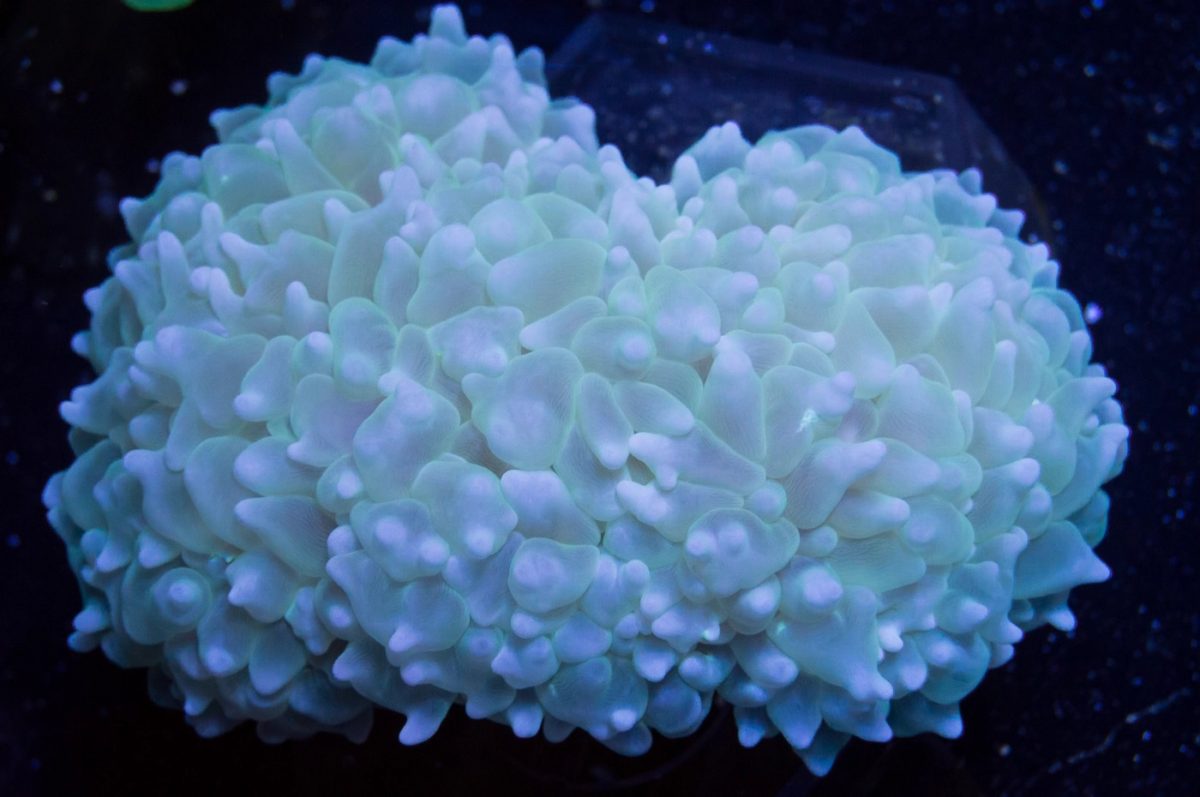
 reefaquariumfish.com
reefaquariumfish.com
Understanding the Basics: Bubble Coral Care 101
Bubble coral is generally known to be quite tolerant, but maintaining stable alkalinity is crucial for its survival. Let's explore some essential care tips that can help you ensure a thriving environment for your bubble coral.Feeding Your Bubble Coral: A Delicate Balancing Act
Bubble coral can extend large and sometimes aggressive feeding tentacles, making it essential to provide them with the right kind of nourishment. These corals can be fed through broadcast or direct suspension matter feeding. Additionally, they readily accept pellets and other meat-based foods, especially when placed on their extended bubbles or tentacles.Shedding Light on Lighting Requirements
When it comes to lighting, most bubble corals prefer moderate levels. However, they can adapt to varying conditions, so you have some flexibility in this aspect. If you're considering increasing the lighting conditions, it's crucial to do so gradually, ensuring a smooth transition for your delicate bubble coral.Water Flow: Maintaining the Right Balance
Maintaining a lower to moderate water flow is essential to prevent any damage to the coral's large, fleshy polyps. By ensuring the appropriate water flow, you can protect your bubble coral and provide it with a conducive environment for growth.Placement Matters: A Critical Consideration
Given the aggressive nature of bubble corals, it's crucial to place them strategically, where they cannot harm other corals with their stings. Providing adequate space for the polyps to expand without any obstruction is vital to ensuring their well-being and preventing any damage.Exploring the Quirks: Day vs. Night Behavior
Did you know that bubble corals exhibit intriguing behavior during the day and night? The large inflatable bubbles that mesmerize us during the day transform into long feeder tentacles at night. This dual adaptation is believed to optimize light capture during the day and food capture at night. To promote their well-being, consider feeding your bubble coral after lights-off to ensure they receive adequate nutrition.In Conclusion: Nurturing Your Bubble Coral
Maintaining a thriving environment for your bubble coral involves understanding its unique needs and providing the right balance of lighting, water flow, and feeding. By following these guidelines, you can create a vibrant and healthy ecosystem for your bubble coral, allowing it to showcase its mesmerizing beauty to the fullest. With the right care and attention, your bubble coral can become the star of your reef tank, captivating all who gaze upon its enchanting presence.
Captivating Bubble Coral: Delightful Addition Reef Aquarium
Discover the mesmerizing beauty of Bubble Coral! Enhance your reef aquarium with this enchanting addition that will leave you in awe.
 reefaquariumfish.com
reefaquariumfish.com
Last edited:





